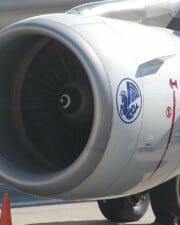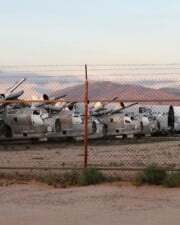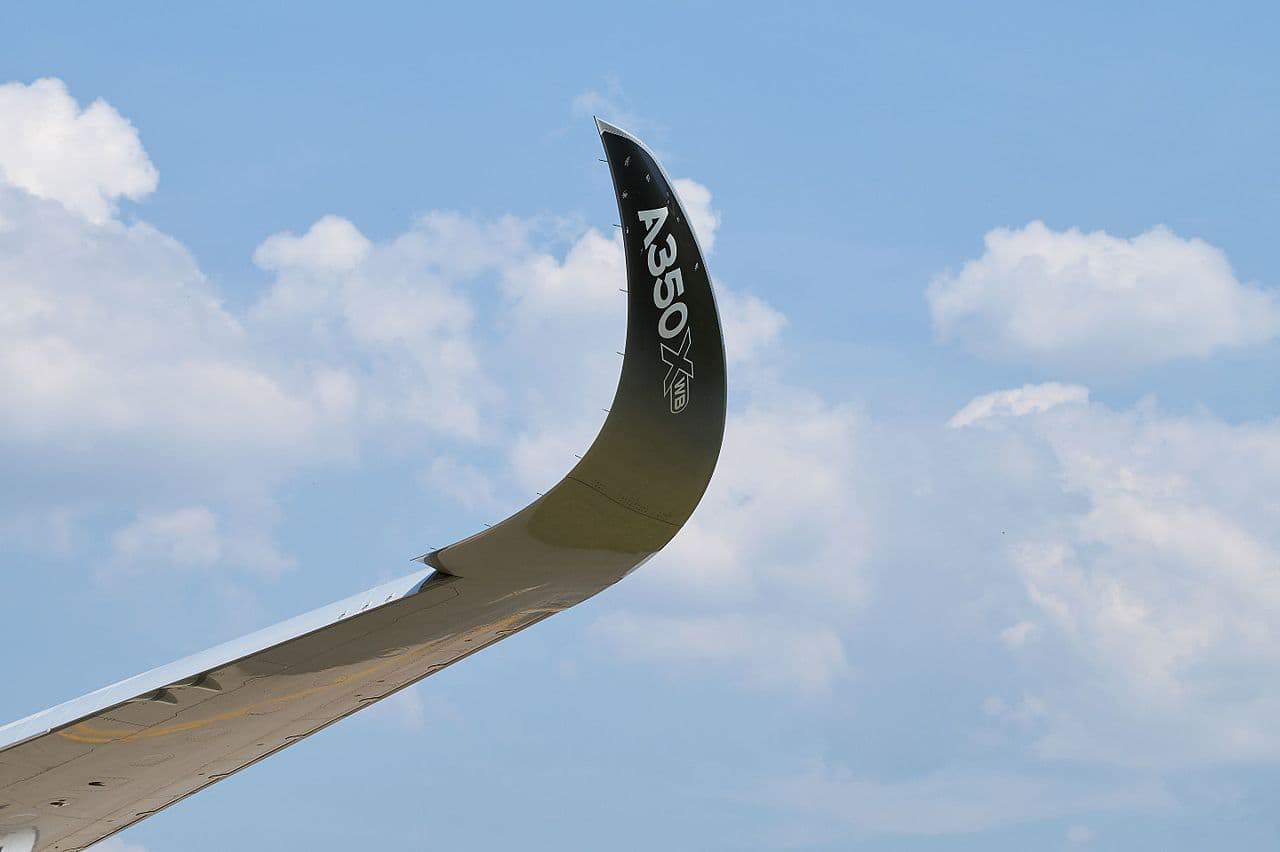Airplanes take us all around the world, but have you ever considered what goes into putting them together? At plants such as Boeing’s 737 factories in Seattle, new planes are completed every nine days. How do they do it, and what goes into making some of the top airplanes in service today? Let’s break down the aeroplane manufacturing process from start to finish.
Table of Contents
How Are Airplanes Made?
The answer to this involves a look at what goes into fitting individual pieces together to make individual planes during that nine day process, as well as how whole plane models are made over a period of years.
With that in mind, let’s take a look at how planes and plane models are made. First we’ll go through the airplane manufacturing process.
After that we will take the very well made video by WIRED UK and break down the process of manufacturing a Boeing 737 in 9 days.
The Aeroplane Manufacturing Process
1. Design
Before any of those nine days are even a gleam in the construction and testing crew’s eyes, however, a plane first needs to be designed and made for the first time.
According to Oxford Saudi, the design and planning process can take four whole years from initial conception to the time when the first planes start to be built.
To begin with, engineers draw up blueprints and make calculations, which are then fed into equations. While once upon a time engineers would have handled all of this themselves, today flight teams make use of specialized computers to draw, plan, and model the design stage.
2. Simulation
Following these initial drawings comes the simulation phase. At this point, the team again uses computers to simulate an aircraft’s performance based on their calculations and those aforementioned equations.
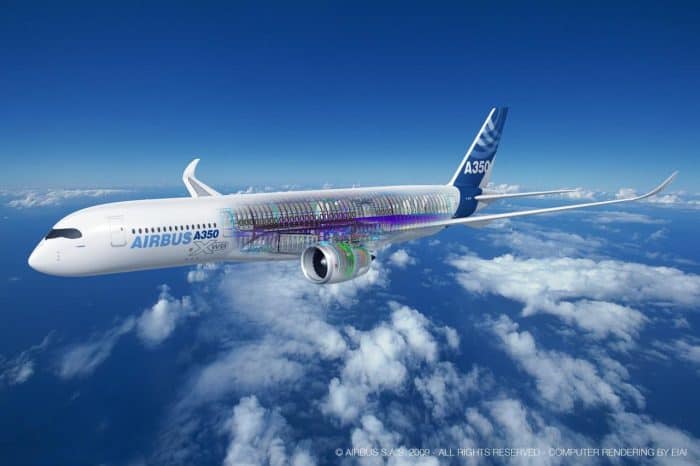
Some of these equations are highly focused. For example, a certain equation, calculation, and simulation sequence can focus solely on the effect of wind upon the plane.
Wind tunnels are also used in conjunction with miniature models of the plane to start getting a feel for it.
3. Construction
Next comes the construction phase. It is during this point that all of the components described above are first designed and created. The design process will have led to these components either being sketched out from scratch or being selected for compatibility from previously existing models.

One thing to note about the construction phase is that it typically involves components from many different companies. Even large scale companies such as Boeing often buy some of their parts from other companies that specialize in creating a certain type of airplane part.
4. Assembly
Now it’s time to start putting things together, which brings us full circle to the assembly phase. With the designs made reality and the plane’s component parts constructed or purchased, it’s time to start making the plane itself.
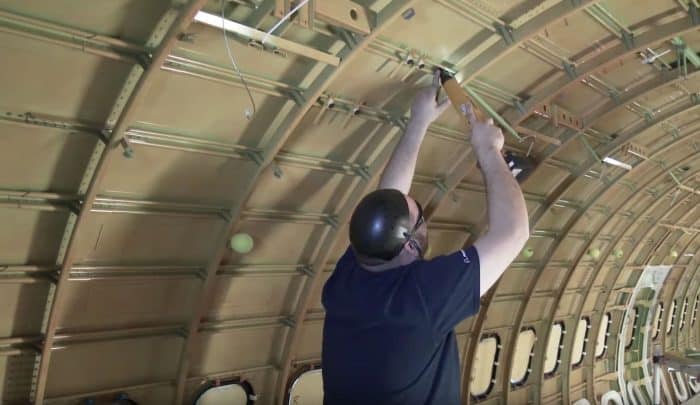
Before things get to that nine-day cycle, of course, prototypes have to be built and inspected for quality. It is of the utmost importance that these planes be subjected to rigorous screenings, and the same goes for the materials used to make them.
Due to its lightweight nature, aluminum is the metal of choice for building planes. That said, this isn’t the lightweight aluminum you purchase at the store, but a far more heavy-duty variant.
From the first conception and design phases to the final stages of fitting the last components and testing everything out, building a single aircraft, let alone a whole fleet of them, is a complex process.
The margin for error is small, but the people behind airplane construction are trained professionals. The next time you fly, think of the immense amount of work that goes into making these modern marvels.

The 9-Day Process Building A Boeing 737 MAX
Let’s begin our look at how airplanes are made by taking a closer look at that nine-day process employed by Boeing manufacturing the 737 MAX.
Not only is it a good insight into how one of the top airplane makers in the world operates, but it’s also a great overview of what goes into each step in the process and how everything comes together as a whole.
Day 1 to 3
WIRED UK provides a great overview of how this process plays out, which dispels certain myths or erroneous mental images that one may have about airplane construction, including the misconception that they “look” like planes the whole time, wings and all.
That isn’t the case. The first three days of the airplane construction process do not typically include the wings at all, with crews instead focusing on assembling the fuselage.
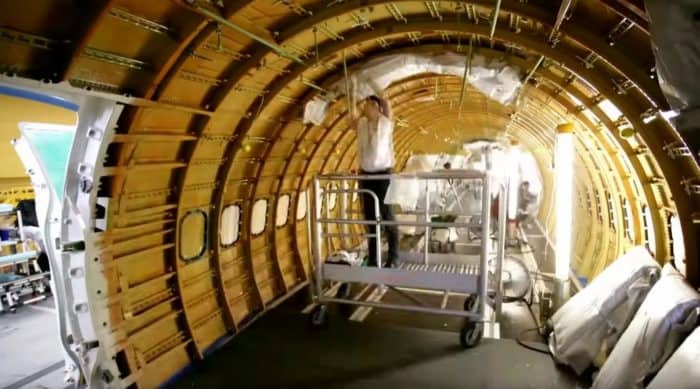
Boeing makes use of fuselages and passenger cabins that are made at its assembly plant in Wichita and then shipped for assembly in Seattle.
This points to another key part of the airplane creation process – that it’s very much a piecemeal operation. Different components of an aircraft such as the Boeing 737 are built in different locations and brought together for assembly later.
What’s more, these first three days don’t even concern themselves with many of the flight-centric features that you probably think of when you imagine an airplane.

Engines, navigation, means of generating and sustaining lift, turning and landing capabilities – none of these are addressed during the first three days. Instead, they are spent installing the electricity, plumbing, windows, and other basic components of the cabin and fuselage.
This is also the point at which insulation is added. This is incredibly important for keeping the internal conditions onboard safe and consistent.
Day 4
On Day 4, things finally start to take on a more plane-like shape as the wings and tail fin are added. It is of the utmost importance that they be attached with care and precision. Even the slightest deviation can lead to disastrous consequences.

For that reason, those constructing planes typically use laser guidance technology or similar methods to make sure that the wings and tail are attached with pinpoint accuracy.
In addition to the wings and tailfin, Day 4 is also when they landing gear is attached. Again, it is incredibly important that it be attached with the utmost precision.
Day 5
By Day 5, the horizontal stabilizer is installed to help ensure that the plane is able to maintain balance in the air. This is also the start of one of the most persistent and important parts of the plane construction process – testing everything out.

That last point is worth pausing over for a moment. It takes until Day 5 of a nine-day cycle before tests on the functionality of the plane are conducted.
This means that a full plane can not only be built in less than two weeks, but the functionality tests for keeping this modern marvel in the air are conducted over just four to five days.
That’s nothing short of astonishing.
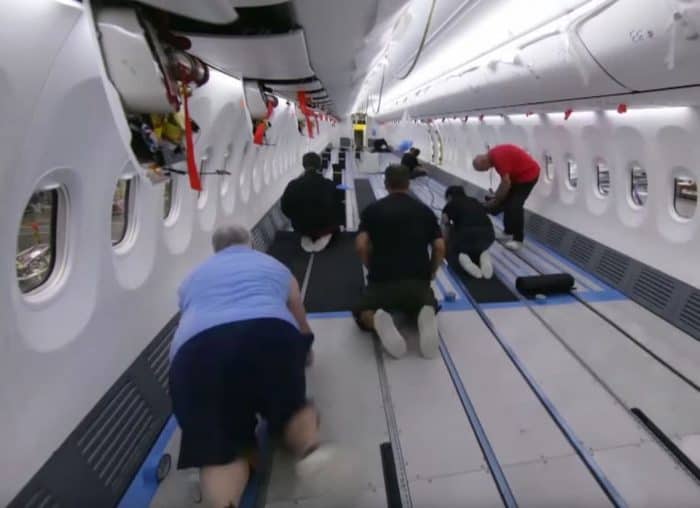
Prior to this point, most of the plane’s wiring, electrical, and mechanical systems have been centered around features including the onboard lighting and plumbing systems. Now, the wiring for onboard flight control is added and tested.
This marks the transition from the previous, “home building” phase to the latter, more technical phase. At this point, the floorboards are fully installed, and elements such as the galleys and bathrooms to which those electrical and plumbing setups are to be connected are installed.

Day 6
Day 6 marks another huge turning point – electricity comes to the airplane, and it starts to become functional. This is when the really big tests start to occur, such as making sure that the onboard computers and landing gear function properly.
Day 7
Day 7 sees the plane go from being supported by a system of supports to being planed under its own weight as its wheels and landing gear hit the floor.
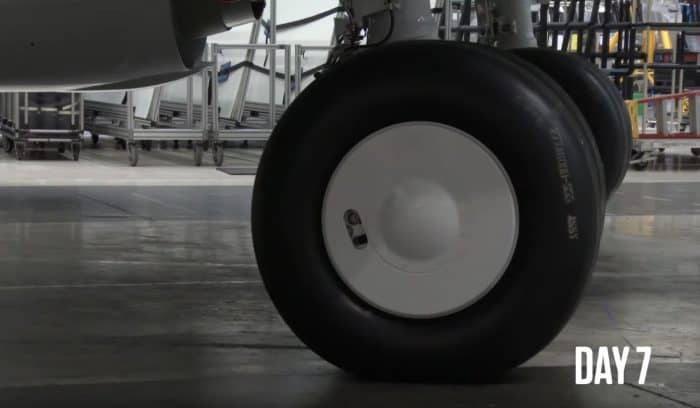
This is also the stage at which the engines are attached. These require their own miniature version of everything that has been discussed so far. They, too, have their shells and physical components built and then have electricity and engineering materials added later.
By the time they are formally attached to the plane, like the plane itself, they have come a long way.
Once the two begin to be connected, still more tests are necessary. It is vital to ensure that the cables, tubes, wiring, and other components of the engine are connected properly, function perfectly, and that all of these are in turn connected to the appropriate systems on the plane.
Day 8
By Day 8, the plane is practically finished, and the final tests begin. This means testing some of the most important components of the aircraft, such as the flight deck and the cockpit.

The latter in particular is extremely complex, with modern flight computers being intricate systems that require a great deal of testing to ensure that they are working properly and are in optimal condition.
As stated, testing occurs throughout the sequence, especially from Day 5 on. By Day 8, it is time to start testing different components together. Similar to a stage rehearsal before opening night at the theatre, testing makes sure that everything is coming together perfectly.
Day 9
Day 9 is the end of the line for the plane. This is the point at which the company purchasing the plane inspects it, tests it out themselves and, if they are pleased with how it has been made, take it from the factory to their fleet.
It’s a long process – and it’s amazing that plane assembly teams are able to fit it all into nine days.
This is the full video of the process made by WIRED UK.
References ▾
Related Posts



